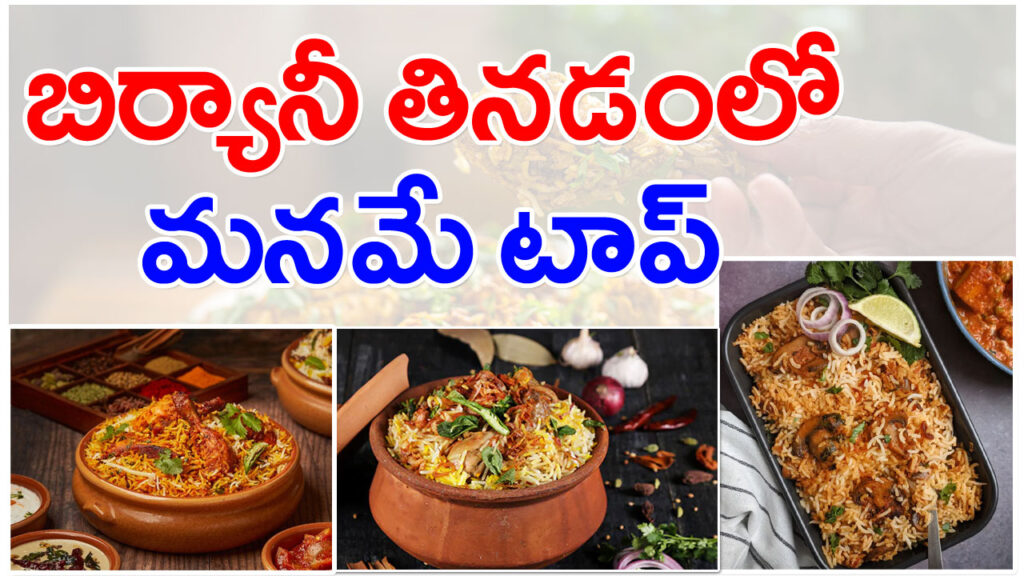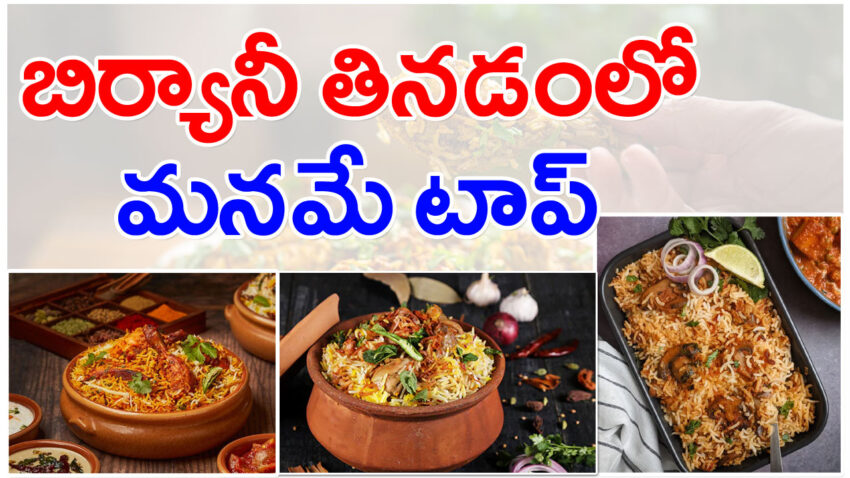
National Biryani Day: A Celebration of Flavor and Culture
National Biryani Day isn’t just another food holiday; it’s a vibrant celebration of a dish steeped in history, culture, and culinary artistry. Whether you’re a seasoned biryani connoisseur or a curious newcomer eager to explore its rich flavors, this article serves as your ultimate guide to understanding, appreciating, and celebrating National Biryani Day. We delve into the fascinating origins of biryani, explore its diverse regional variations, provide expert tips for making the perfect biryani, and offer insights into how this beloved dish continues to captivate palates worldwide. Get ready to embark on a flavorful journey and discover why National Biryani Day is a culinary event worth celebrating.
What is National Biryani Day? A Deep Dive
National Biryani Day is an annual celebration dedicated to the iconic South Asian dish, biryani. It’s a day to appreciate the complex flavors, the cultural significance, and the sheer culinary artistry that goes into creating this beloved rice dish. While the exact origins of the day are debated, its purpose is clear: to honor biryani and its place in global cuisine.
The History and Origins of Biryani
Biryani’s history is as rich and complex as its flavor profile. Most historians trace its origins back to Persia, where similar rice and meat dishes were prepared. The Mughal Empire played a crucial role in popularizing biryani throughout India and beyond. Different regions adapted the dish, incorporating local spices and ingredients, resulting in a dazzling array of biryani styles.
Regional Variations of Biryani: A Culinary Kaleidoscope
One of the most fascinating aspects of biryani is its incredible diversity. Each region boasts its own unique take on the dish, reflecting local tastes and culinary traditions. Some notable examples include:
- Hyderabadi Biryani: Known for its rich flavors, slow-cooking process (dum), and use of saffron.
- Lucknowi Biryani: Characterized by its delicate aroma, subtle spices, and use of yakhni (stock).
- Calcutta Biryani: Features potatoes and eggs, adding a unique twist to the classic recipe.
- Sindhi Biryani: A spicier version with a generous use of green chilies and dried plums.
The Significance of National Biryani Day
National Biryani Day is more than just an excuse to indulge in a delicious meal. It’s an opportunity to celebrate cultural heritage, connect with loved ones, and appreciate the culinary traditions that have shaped our world. It’s a day to recognize the skill and artistry of the chefs who create these culinary masterpieces and to share the joy of biryani with others.
Understanding the Core Components of a Perfect Biryani
Creating a truly exceptional biryani requires understanding the key components and techniques involved. It’s a delicate balance of flavors, textures, and aromas that, when executed correctly, results in a culinary symphony.
The Rice: Choosing the Right Grain
The type of rice used is crucial to the final outcome. Basmati rice is the preferred choice for most biryani recipes due to its long grains, delicate aroma, and ability to absorb flavors without becoming mushy. It’s important to properly soak and parboil the rice before layering it with the meat and spices.
The Meat: Selecting and Preparing the Protein
Biryani can be made with a variety of meats, including chicken, mutton, beef, and fish. The key is to choose high-quality meat and marinate it properly to infuse it with flavor. The marinade typically includes yogurt, ginger-garlic paste, spices, and herbs.
The Spices: The Heart and Soul of Biryani
Spices are the heart and soul of biryani. A complex blend of spices is used to create the distinctive flavor profile of each regional variation. Common spices include cardamom, cinnamon, cloves, bay leaves, cumin, coriander, turmeric, and saffron.
The Technique: Mastering the Dum Method
The traditional method of cooking biryani is called “dum,” which involves slow-cooking the dish in a sealed pot over low heat. This allows the flavors to meld together and the rice to cook evenly. The pot is typically sealed with dough to prevent steam from escaping.
Biryani Masala: The Secret Ingredient
While you can use individual spices, many cooks prefer using a pre-made biryani masala. This blend typically includes a combination of the spices mentioned above, carefully balanced to create a harmonious flavor profile. Using a high-quality biryani masala can save time and ensure consistent results.
Expert tip: Experiment with different brands of biryani masala to find one that suits your taste preferences. Some masalas are spicier than others, so adjust the amount accordingly.
The Advantages of Celebrating National Biryani Day
Celebrating National Biryani Day offers numerous benefits, both culinary and cultural. It’s a chance to explore new flavors, connect with loved ones, and appreciate the rich heritage of this iconic dish.
Exploring Culinary Diversity
National Biryani Day provides an opportunity to discover the vast array of biryani styles from different regions. Trying different variations can expand your palate and deepen your appreciation for culinary diversity.
Connecting with Culture and Heritage
Biryani is more than just a dish; it’s a symbol of cultural identity and heritage. Celebrating National Biryani Day allows you to connect with the traditions and stories behind this beloved dish.
Sharing the Joy of Food with Loved Ones
Food has a unique ability to bring people together. National Biryani Day is a perfect excuse to gather with friends and family and share a delicious meal. Cooking and enjoying biryani together can create lasting memories.
Supporting Local Restaurants and Businesses
Celebrating National Biryani Day by ordering from local restaurants or purchasing ingredients from local markets can help support small businesses and contribute to the local economy.
A Comprehensive Review of Top Biryani Restaurants (Conceptual)
While a physical review is beyond the scope of this text, let’s conceptually review a few top biryani restaurants, focusing on the key aspects that make them stand out. Imagine these restaurants as leading examples in their respective regions.
Restaurant A (Conceptual): Hyderabadi Biryani Specialist
- User Experience & Usability: Known for its efficient online ordering system and prompt delivery service. The website is user-friendly, and the staff is knowledgeable and helpful.
- Performance & Effectiveness: The biryani consistently delivers on its promise of authentic Hyderabadi flavor. The rice is perfectly cooked, the meat is tender, and the spices are perfectly balanced.
- Pros: Authentic Hyderabadi recipe, high-quality ingredients, excellent customer service, convenient online ordering.
- Cons: Can be a bit pricey, limited vegetarian options, delivery area may be restricted.
- Ideal User Profile: Biryani enthusiasts who appreciate authentic Hyderabadi flavors and are willing to pay a premium for quality.
Restaurant B (Conceptual): Lucknowi Biryani Expert
- User Experience & Usability: Offers a more traditional dining experience with a focus on ambiance and service. The restaurant is elegantly decorated, and the staff is attentive and courteous.
- Performance & Effectiveness: The biryani is known for its delicate aroma, subtle spices, and melt-in-your-mouth texture. The yakhni (stock) is expertly prepared, and the rice is perfectly infused with flavor.
- Pros: Authentic Lucknowi recipe, elegant ambiance, excellent service, vegetarian options available.
- Cons: Can be crowded during peak hours, parking may be limited, prices are on the higher side.
- Ideal User Profile: Diners who appreciate a refined dining experience and are looking for a taste of authentic Lucknowi cuisine.
Restaurant C (Conceptual): Calcutta Biryani Innovator
- User Experience & Usability: Caters to a younger crowd with a modern and casual atmosphere. The restaurant is known for its innovative biryani creations and its use of social media.
- Performance & Effectiveness: The biryani is a unique take on the Calcutta classic, featuring perfectly cooked potatoes and eggs. The spices are bold and flavorful, and the rice is cooked to perfection.
- Pros: Innovative biryani creations, modern atmosphere, affordable prices, active on social media.
- Cons: May not appeal to traditionalists, some dishes can be overly spicy, service can be inconsistent.
- Ideal User Profile: Adventurous eaters who are looking for a modern and affordable take on Calcutta biryani.
Q&A: Your Burning Biryani Questions Answered
- What is the difference between biryani and pulao? Biryani involves layering cooked meat and rice, then cooking them together in “dum” style. Pulao involves cooking the rice and meat together from the beginning, resulting in a less layered and more uniform dish.
- Can I make biryani in a pressure cooker? Yes, you can, but it requires careful attention to timing to avoid overcooking the rice. Reduce the cooking time significantly compared to the traditional dum method.
- What are some vegetarian biryani options? Popular vegetarian options include vegetable biryani, paneer biryani, and mushroom biryani.
- How can I prevent my biryani from becoming dry? Ensure you use enough moisture during the cooking process, such as yogurt, stock, or water. Sealing the pot tightly during dum cooking also helps retain moisture.
- What are some common mistakes to avoid when making biryani? Overcooking the rice, using too much or too little spice, and not marinating the meat properly are common mistakes.
- How can I make my biryani spicier? Add more green chilies, red chili powder, or a hotter variety of biryani masala.
- What are some good side dishes to serve with biryani? Raita (yogurt dip), salad, and mirchi ka salan (chili curry) are popular side dishes.
- How long does biryani last in the refrigerator? Biryani can last for 2-3 days in the refrigerator if stored properly in an airtight container.
- Can I freeze biryani? Yes, you can freeze biryani, but the texture of the rice may change slightly upon thawing.
- What is the best way to reheat biryani? Reheat biryani in a microwave, oven, or stovetop. Add a splash of water to prevent it from drying out.
Conclusion: Celebrating the Culinary Legacy of National Biryani Day
National Biryani Day is a celebration of more than just a dish; it’s a celebration of cultural heritage, culinary artistry, and the joy of sharing food with loved ones. By understanding the history, regional variations, and techniques involved in making biryani, you can deepen your appreciation for this iconic dish and participate in the festivities with enthusiasm. So, gather your friends and family, explore the diverse world of biryani, and celebrate the culinary legacy of National Biryani Day.
Share your favorite biryani experiences in the comments below! We’d love to hear about your regional favorites and personal recipes.

